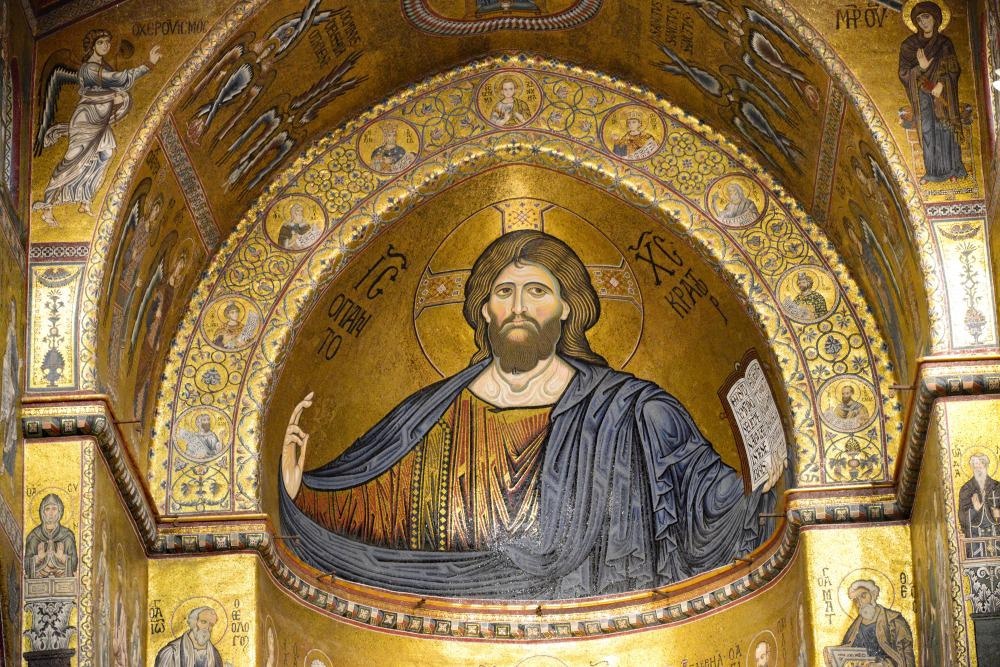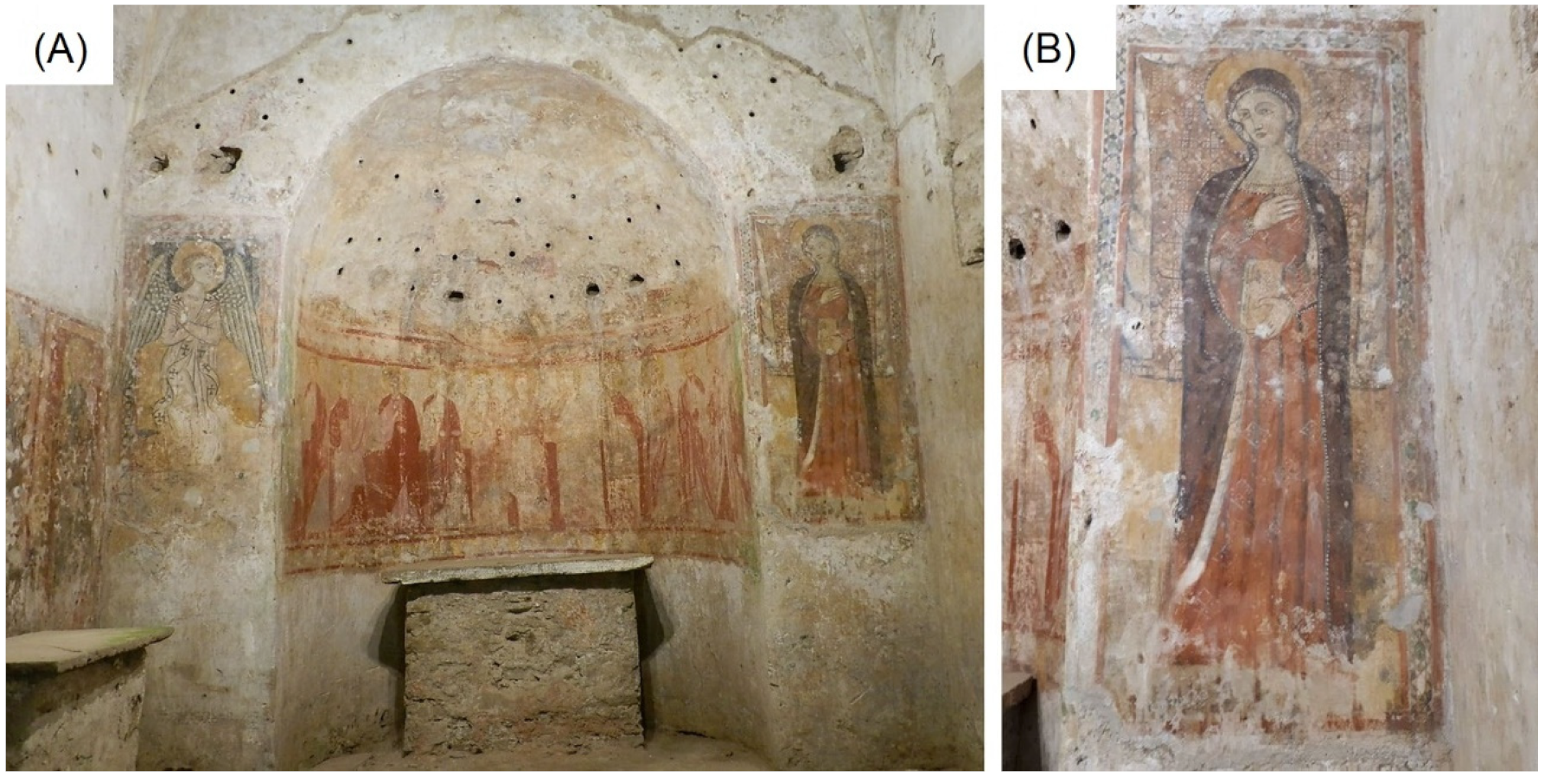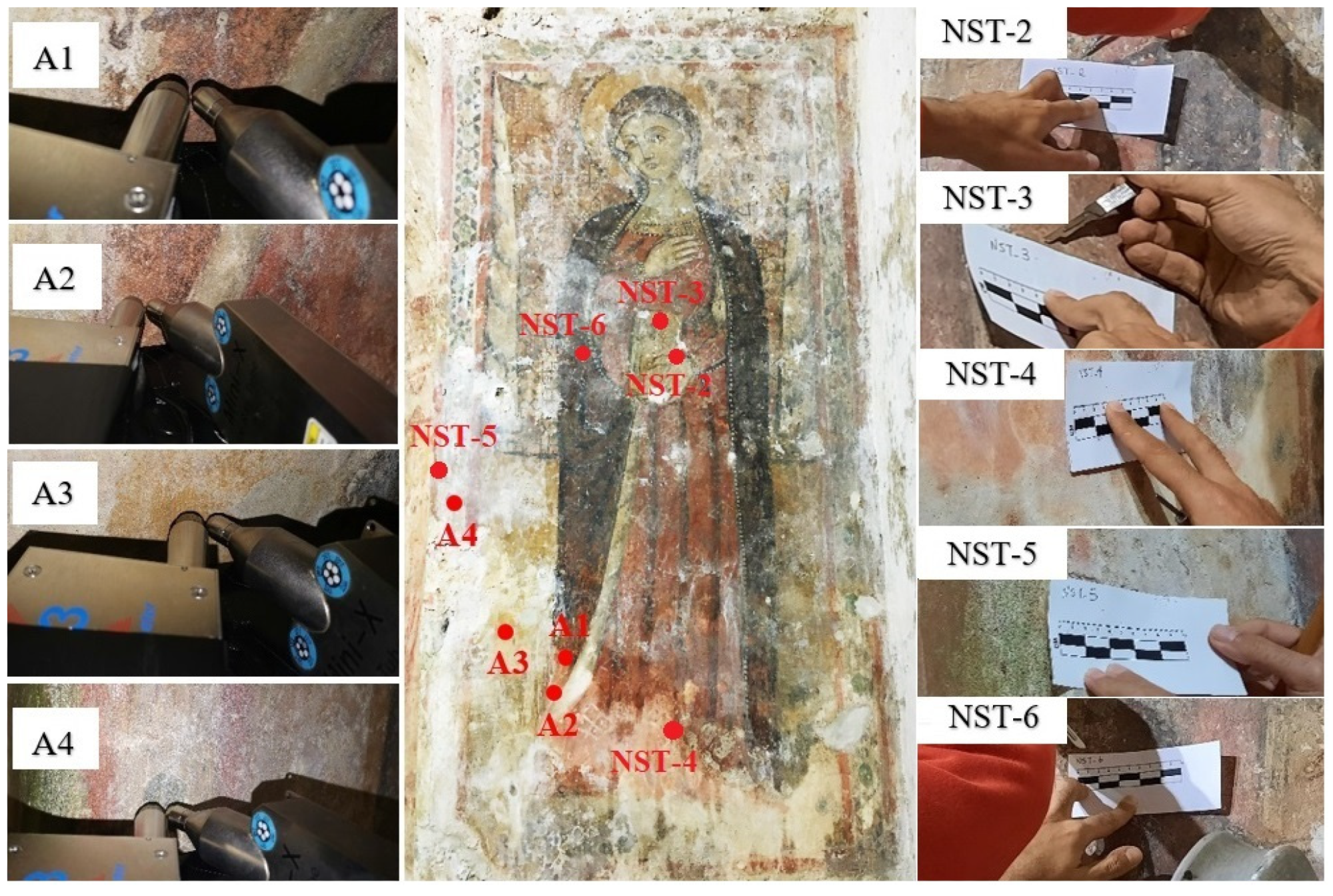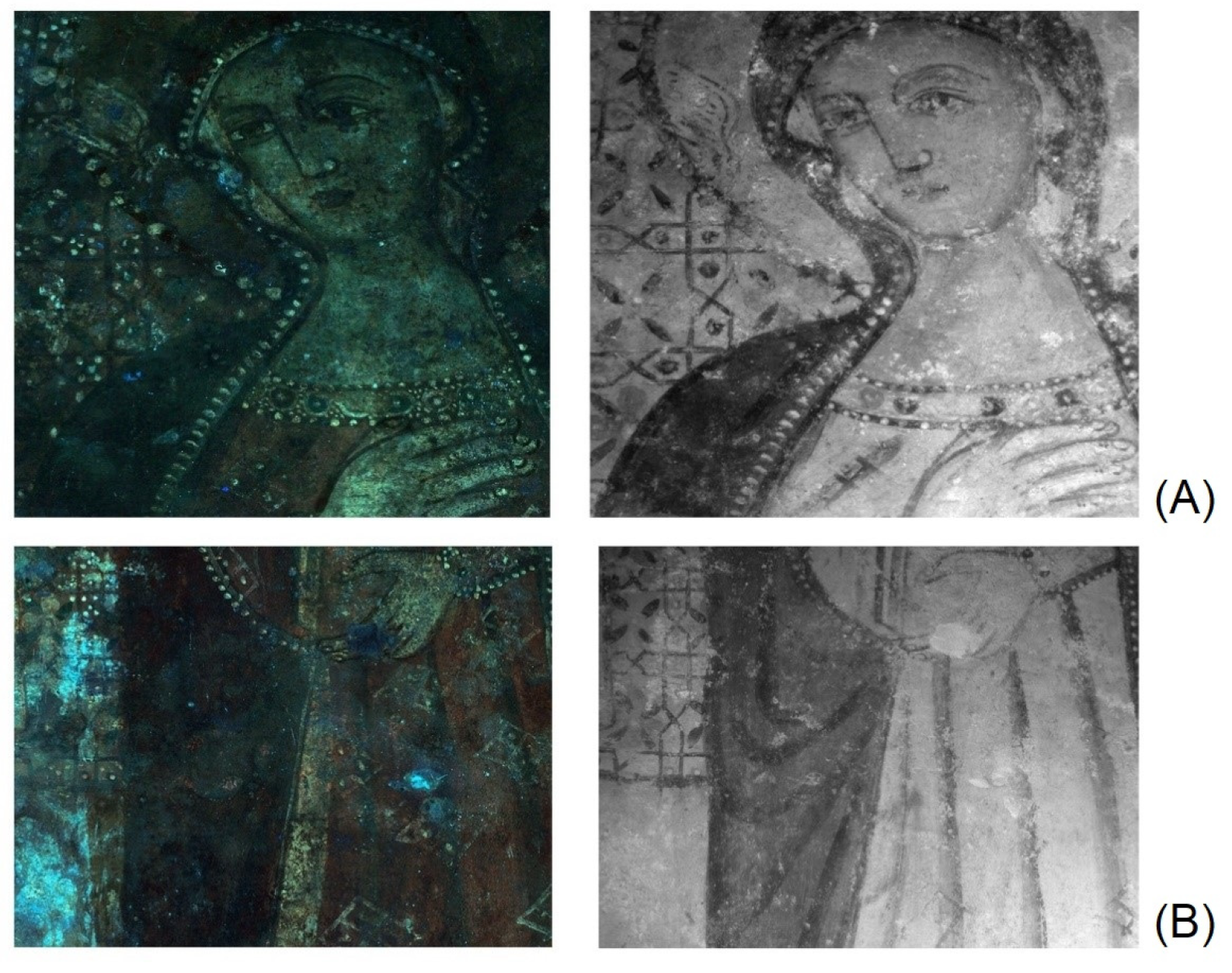Scientists from Italy and Turkey have reported a study on wall paintings located in the Sotterra church in Paola, Italy, an underground church rediscovered in the 19th century. The team has taken a multi-analytical approach to the study, employing both laboratory-based and in situ analysis. Their research findings have appeared in the journal Materials.

Study: Preliminary Study of the Mural Paintings of Sotterra Church in Paola. Image Credit: Jan Ohrstrom/Shutterstock.com
The Sotterra Church: Rediscovery, Origins, and History
The Sotterra church at Paola was rediscovered whilst building work was being performed on the Madonna del Carmine church in 1874. Thought to be of Byzantine origin, the site contains several historically important religious murals from that time period. Archaeological evidence has indicated that the site underwent several changes before it was abandoned, probably in the 16th century.
The church is located underground (Sotterra means “under the earth”) and the arrival of Normans in Calabria heralded a time of significant change for the church. It is thought that these changes were carried out by Benedictine monks, with the coexistence of wall paintings from both time periods providing evidence for this.
It is thought by some historians that the church was originally the fulcrum of a hermit site on the border of the Langobard and Byzantine lands. At this time (around the 7th-9th centuries CE) there was a mass influx of Eastern monks fleeing persecution. The most probable origin of the site, according to historians, is between the 9th and 10th centuries. The site contains some of the most important Byzantine and Medieval religious artwork in Calabria.
The original nature of the church was different than today, as the site was covered by several floods and landslides over the centuries, leading to its complete abandonment and loss of its memory. The first exploration of the church after its rediscovery occurred in 1925.

(A) Overview of the cycle of frescoes in the church of Sotterra with evidence, from left to right, of the angel of the Annunciation, Christ in glory with apostles and the Virgin. (B) Detail of the Virgin as part of the mural painting object of this study. Image Credit: Ricca, M et al., Materials
The Site’s Culturally Important Religious Artworks
As previously mentioned, the Sotterra church is a culturally important site in Calabria, containing rich examples of Byzantine and Medieval religious artworks. The presbytery has valuable frescoes which present open questions and complex problems for a stylistic and historiographic interpretation. The apse contains a mural thought to represent the Virgin Mary who is adorned with a halo and carries ointment, surrounded by saints or apostles. There is a direct derivation from the typical Byzantine style in this artwork, which is from the 9th-10th centuries.
Other examples of religious artwork at the site include fragments of Christ the Procrastinator in an almond, a devotional altar depicting the Virgin Mary breastfeeding the Child whilst carrying a pomegranate, and Sant’Antonio Abate in a rigidly frontal pose.
On both sides of the apse, there is a depiction of the Annunciation, with the archangel Gabriel on the left side, light drapery moved by the wind, and on the right, the Virgin with precious ornaments, holding a book in her left hand. Outside of the apse’s semi-circular the murals are from the 14th century.

Sampling points for the Mural painting depicting the “Virgin” by in situ methods (ID: A) and laboratory-based analysis (ID: NST). Image Credit: Ricca, M et al., Materials
The Study
The study has performed a multivariate analysis on the painting of the Virgin from the Annunciation of the Archangel Gabriel on the right side of the church’s apse. Both laboratory-based and in situ analysis was performed. Several non-destructive techniques were utilized in the study, including X-ray Fluorescence, IR imaging, and UV-Induced Visible Fluorescence to characterize and map pictorial layers and provide information on the mural’s deterioration.
Using this preliminary analytical information, the authors performed a more in-depth study of painting fragments to identify the artist’s technique and provide stratigraphy characterization. Characterization at the elemental scale of preparatory and pigmenting agents' composition was performed by the authors, as well as an investigation of their morphology and stratigraphy.

Details (at different magnifications) of the (from left) UVF and IR images for the comparison of the diagnostic information obtained from the imaging techniques: (A) Detail of the face and the halo; (B) detail of the dress and of the background floral-geometric decoration. Image Credit: Ricca, M et al., Materials
Results of the Study
Analytical results indicated that the preparatory layers were made of iron oxide- silica-rich lime-based plaster. Natural mineral pigments were used in the yellow, red, green, and blue paint, and in the case of blackish micro-fragments studied, the authors concluded that the artist mixed the paint with organic compounds.
A third layer of superficial lime-based plaster was revealed by the authors, which possesses a different composition to the preparatory layer, indicating that at some point the mural was restored or remade. This discovery represents the first scientific documentation of the restoration of this culturally important religious mural. The study provides crucial information on the painting’s state of conservation.
The authors have stated that their study provides an approach that will inform best practices for future cleaning, restoration, and protection strategies. They have additionally stated that future work will focus on providing a fully comprehensive understanding of degradation and alteration phenomena.
Further Reading
Ricca, M et al. (2022) Preliminary Study of the Mural Paintings of Sotterra Church in Paola (Cosenza, Italy) Materials 15(9) 3411 [online] mdpi.com. Available at: https://www.mdpi.com/1996-1944/15/9/3411
Disclaimer: The views expressed here are those of the author expressed in their private capacity and do not necessarily represent the views of AZoM.com Limited T/A AZoNetwork the owner and operator of this website. This disclaimer forms part of the Terms and conditions of use of this website.